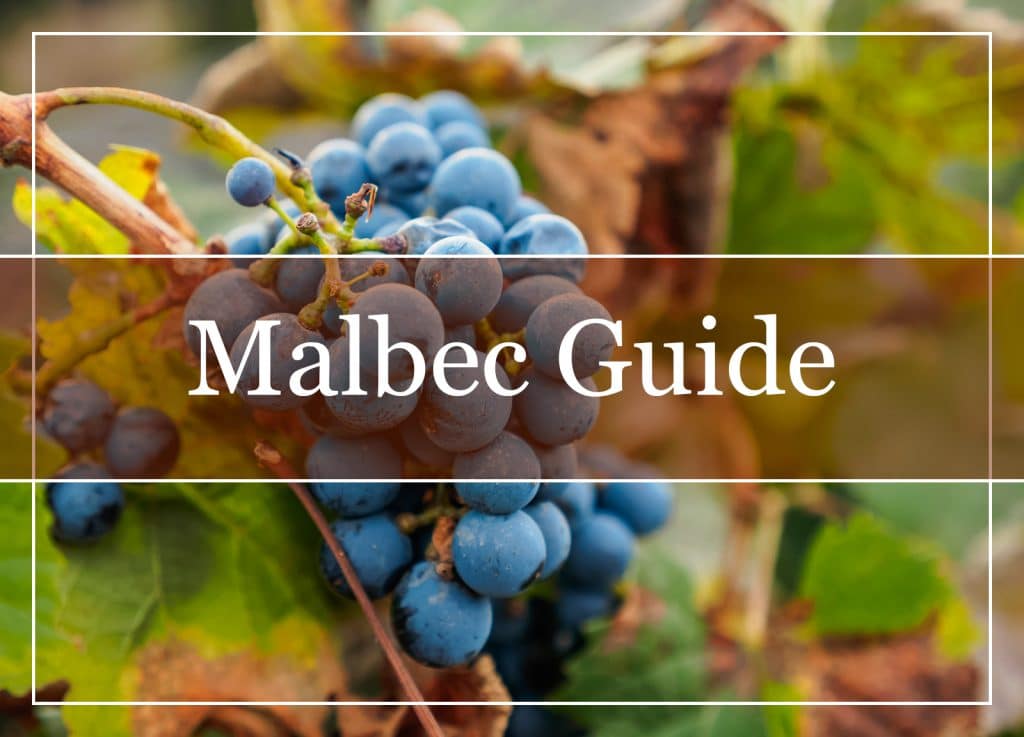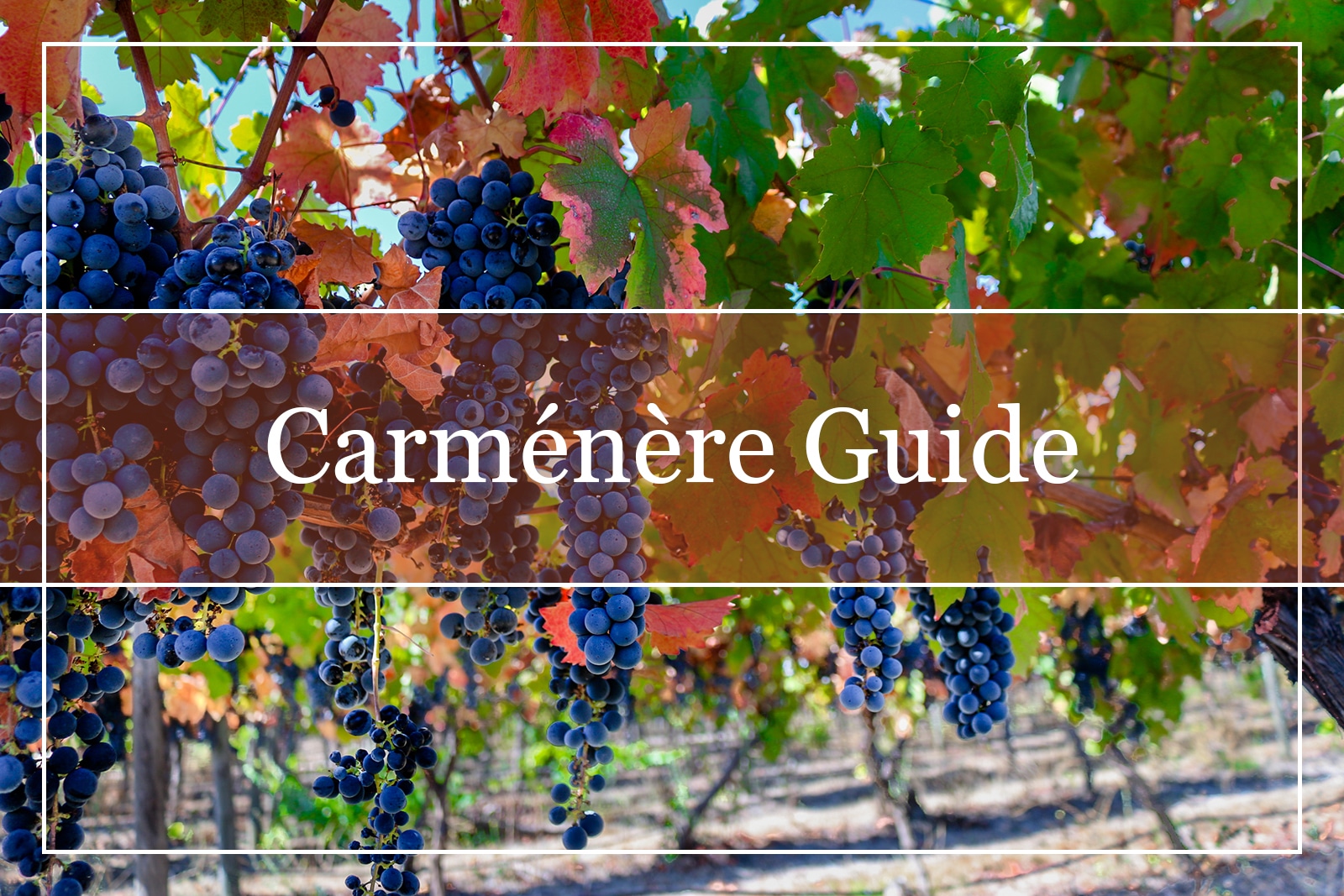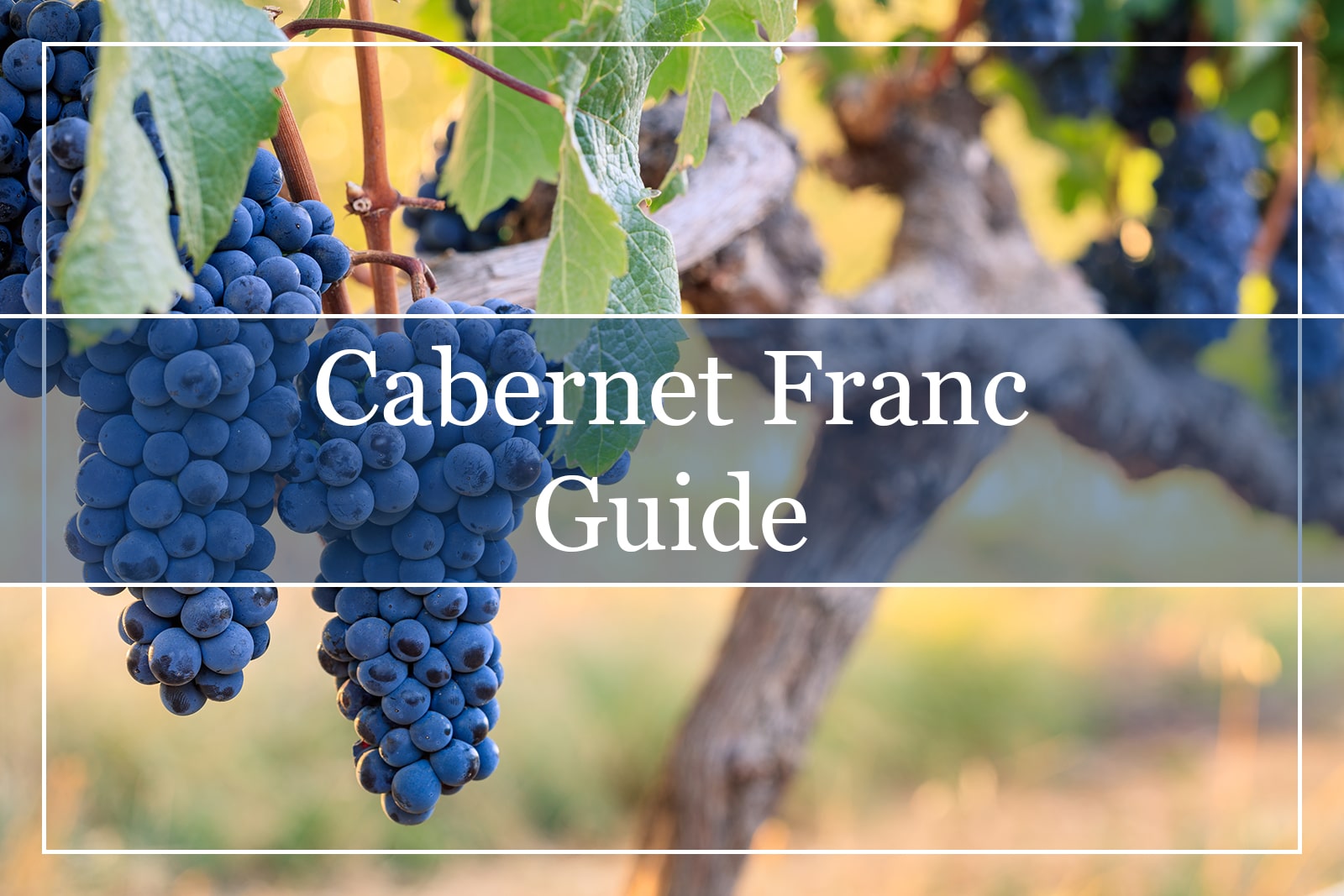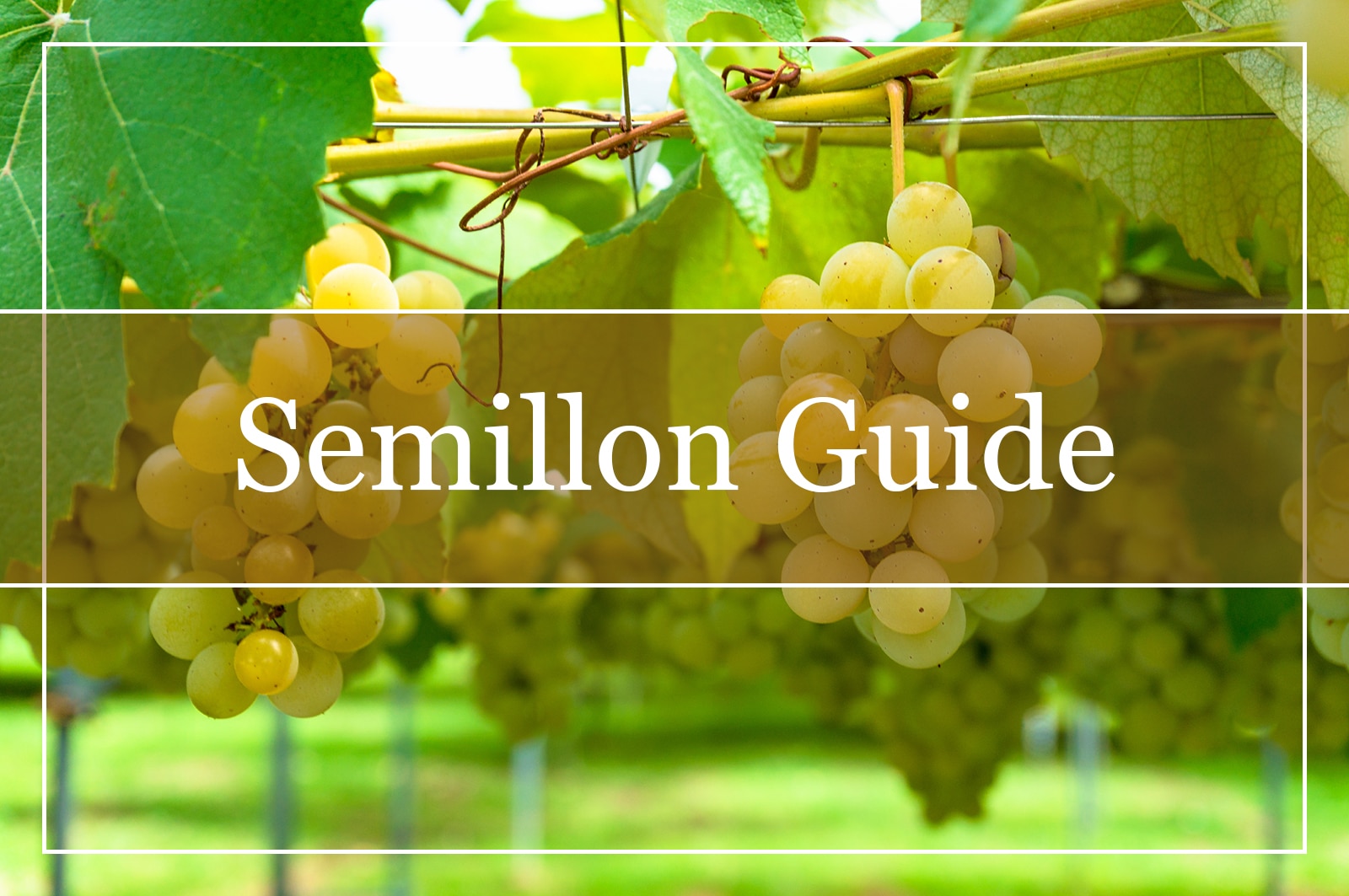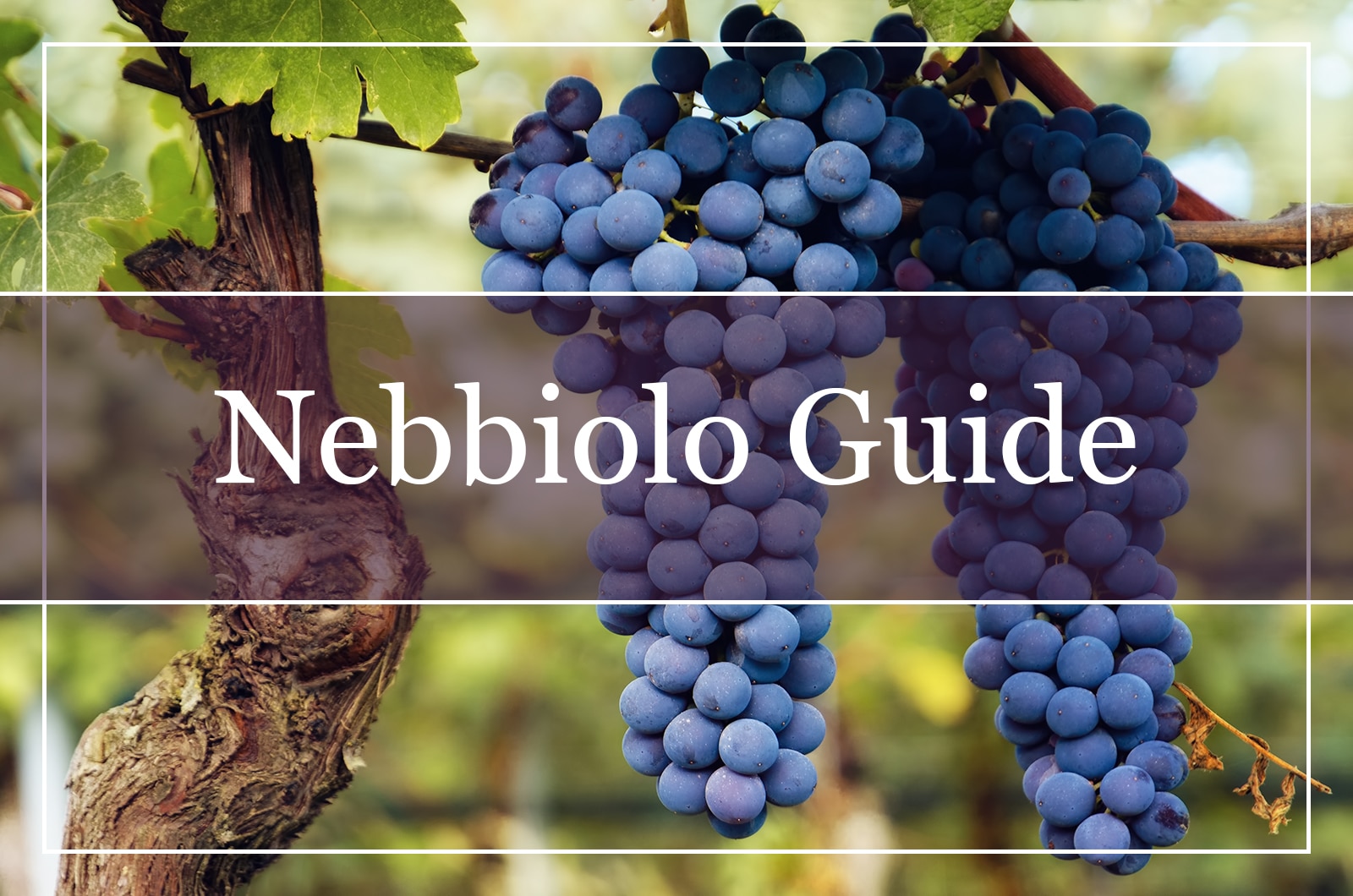What Is Malbec?
Malbec is a red wine that has distinct characteristics and peculiarities. These factors are influenced by the climate, soil, and genetic make-up of the plant. The management of the vines, and the wine production methods also play a large part in how the Malbec presents itself in the glass.
Ripening midseason means that the grapes have are a deep purple, with soft tannins and a ripe, fruity flavor. Plenty of warm sunshine is absolutely imperative for the perfect wine to be made from Malbec grapes.
Producers of Malbec wine have made many technological advancements in recent years to improve the quality of the wine. A major factor has been the replacing of old wood casks for oak barrel aging.
Red wine lovers agree that Malbec is not rated as highly as it should be. These full-bodied wines pack lots of jammy flavors, alongside hints of vanilla, smoky tobacco, dark chocolate, and oak. Easily paired with a wide range of foods, this humble wine has a few tricks up its sleeve.
Argentina Saved the Grape
Originally from France, Argentina came to the rescue of the Malbec grape and is now the primary producer of Malbec wine. The warm, sunny weather and volcanic soils of the Andes ensure that the best Malbec Characteristics have been elevated to a new level, providing a wonderful wine-drinking experience.
An Exotic Red Wine
Firstly, the abundant fruitiness of cherry, pomegranate, blackberry, blueberry, plum, and raisin are seldom found in such abundance in a glass of red wine. The list of secondary aromas is impressive and includes chocolate, mocha, leather, pepper, and gravel to name a few. There is also oakiness and touches of exotic flavors like coconut and dill. You should give your taste buds a pep talk before taking a sip of this extraordinary wine.
What Color Is Malbec?
When pouring Malbec into a glass you should expect the texture to be thick and lustrous. The intense, inky-colored wine coats the sides of the glass and would leave a stain if it could. It should be opaque. Do not be surprised to notice the magenta rim that Malbec wines are known for
This deep red wine is useful in blends as it adds texture and depth of color to less intense wines. When it is blended with Merlot and Cabernet Sauvignon it is called Claret for example
Deep purple, inky black, or violet are the words used to describe the Malbec color of both the grapes and the wine. Known for their dark skins, the Malbec grapes are perfect for making a full-bodied, dark-hued wine that is full of layered flavors and quite high alcohol levels.
What Does Malbec Mean?
The origins of the name Malbec have been a point of interest for wine lovers for a long time. Some think that it might come from the French phrase for “bad kiss”. However, the word Malbec literally means foul-mouthed. “Mal” means bad and “bec” means mouth. That is not exactly a good name for a wine that we now know is not bad in the mouth at all! In truth, it is absolutely delicious!
Named After a Hungarian Farmer?
However, legend has it that it is named after a Hungarian peasant who helped to spread Malbec vines around southwest France. He was called Monsieur Malbeck, and it is presumed that the spelling changed somewhere along the way.
How to Pronounce Malbec?
This two-syllable word is pronounced mal – bek with the emphasis on the first word. There are several audios and videos on Google that will assist you with the correct Malbec pronunciation. Being able to converse confidently about wines means that it is important to pronounce the wine’s name correctly. This is more about clarity than being “stuffy”, although we all know some people who are wine snobs and would not tolerate mispronunciation of Malbec or any other wine for that matter.
Where Does Malbec Come From?
Malbec’s original home was in South-eastern France where it is called Côt or Auxxerois. The main Malbec growing region today is in Cahors, a small town near Bordeaux. After suffering devastation from the dreaded vine disease called phylloxera, as well as the climate proving unfavorable for Malbec grapes, France gave up on it and decided to focus on more suitable grape varieties.
Argentina Saves Malbec
Fortunately for Malbec and Argentina, Michel Pouget introduced the grape to that region where it found a forever home. Mendoza has become the Malbec capital and the gentle, lower tannic- intensive wines are popular the world over. Malbec now flourishes in California, Washington State, South Africa, Australia, and New Zealand where the climate and terroir are perfect for this fickle grape to flourish.
Being a thin-skinned variety, the large grapes need plenty of warm sunlight to ripen to perfection. It is particular about the amount of water and drainage it needs, and any irregularities or frosty spells will be evident in a much lower yield.
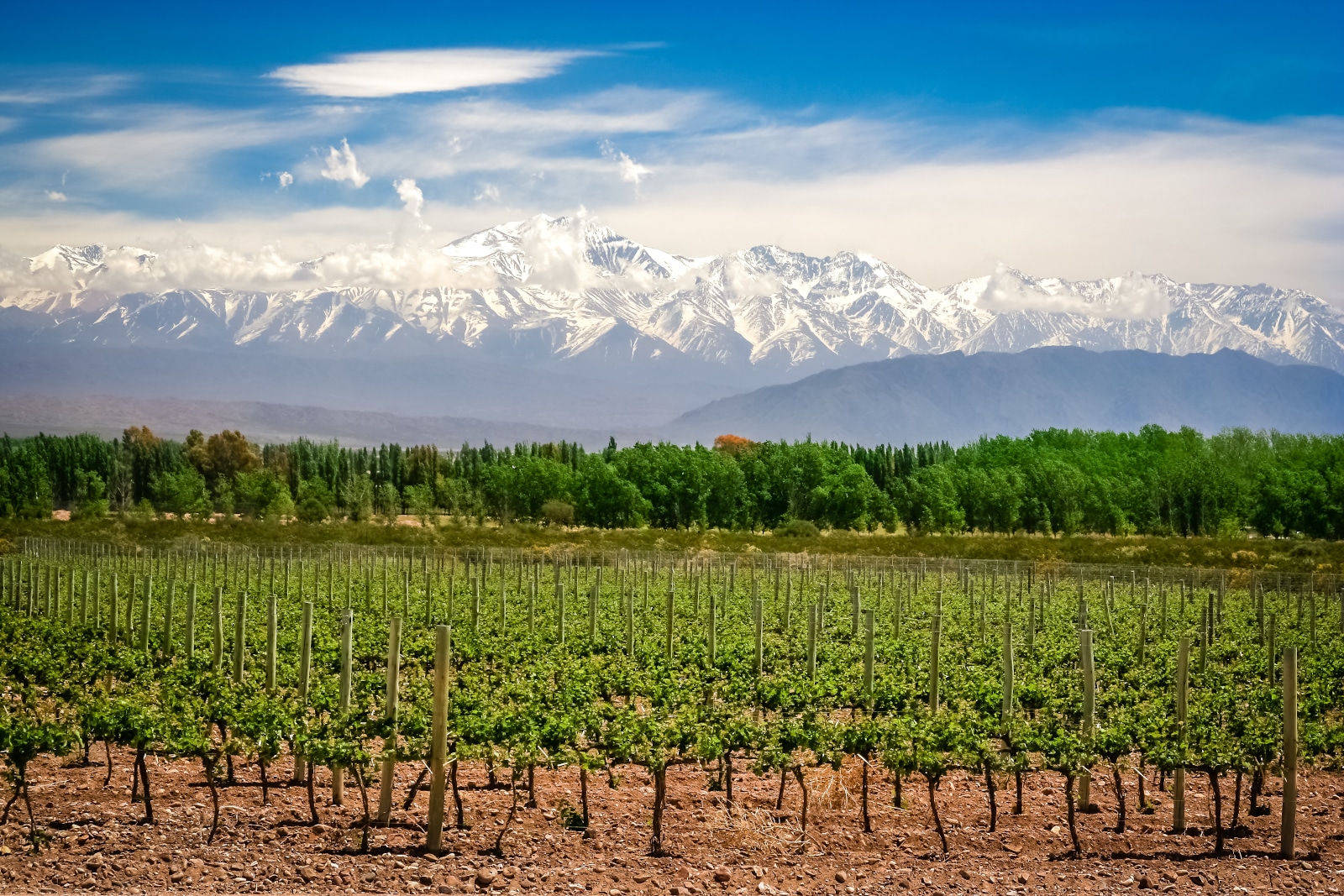
What Kind of Wine Is Malbec?
Despite being so particular about its growing conditions, Malbec has found several locations around the world where it grows happily.
These different locations lead to subtle differences in the taste of the Malbec that is produced. A lighter, fruity wine is created if the grapes have not had time to fully mature. Cold climate Malbec has a cherry flavor, an ambient climate produces hints of raspberry, and blackberry is the main feature of Malbec from a hot climate.
There is a distinct difference in the flavor of Malbec from Cahors and that of the Argentinian variety.
Limestone Equals Hefty Malbec
Cahors is a limestone region that produces Malbec with deep textures and high tannins. The wine becomes quite “meaty” as it ages, and this is caused by the calcium in the limestone. The roots have to work hard to find nutrients resulting in concentrated fruit and deep-colored wine.
Sunshine Equals Fruity Malbec
Mendoza, Argentina is blessed with abundant sunshine, and the cool breezes from the Andes result in rich, robust vines that produce sweet, floral wine. The soil is alluvial and clay which is full of mineral deposits from the melting snow that comes down from the mountains. With warm sunshine and good drainage, the grapes are less prone to rot and pests than the French country cousins. The higher altitude of these vines gives the grapes longer to ripen and develop the characteristic jammy flavor.
Is Malbec Dry or Sweet?
Malbec wines are considered dry and hearty in flavor. They have a rich, black fruit nose, and the palate has hints of vanilla, tobacco, cocoa, and mocha.
What Does Malbec Taste Like?
The Malbec aroma is often full of surprising floral scents like that of violets. The palate tends towards sweetness with a well-balanced taste on the tongue and a spicy edge. The best Malbec’s have a smooth balance between the fruit and the tannins.
The predominant flavors of Malbec are cherry plum, raisins, coffee, chocolate, leather, and raspberry. It is also possible to detect dried fruits, and balsamic, while the oak aging liberates flavors and aromas of vanilla.
As I mentioned before, there is a quite significant difference between the Malbec flavor profile of the wines from France and Argentina. It is hard to believe that the same grapes can produce totally different wines. As they say, it’s all in the terroir!
Malbec Tasting Notes
France:
The French Malbec from the Cahors region is known for its smoky leather aroma and a palate laced with tart berries. Lovers of French wine claim that the opening notes are green, accompanied by a bitterness that is savory and distinctive. These Malbec’s have higher acidity which gives the wine a spicy flavor with hints of black pepper. The benefit of moderate tannin and acidity is that these Malbec’s age gracefully and for longer than the Argentinian examples. French Malbec is well-structured and has a brooding, dark character.
Argentina:
Argentinians are lovers of beefy red wines, so Malbec fits the perfect tasting profile for them. It has, in fact, become a national treasure.
The Mendoza Malbec taste is fruit-forward, jammy, and smooth. The typical aromas of blackberry, black cherry, and ripe plums are full-on. This leads to a velvety palate of milk chocolate, violets, old leather, and, depending on the type of oak aging, it can end with a sweet tobacco finish.
How to Serve Malbec?
Oak-aged wines like Malbec will benefit from being decanted for about half an hour before serving. The ideal temperature to serve Malbec is a slightly cool 21 degrees Celsius (65 – 69 F). You can just pop the bottle into the fridge for about twenty minutes before serving. Then, choose your favorite red wine glass and admire the inky, purple texture to enchant you as you slowly pour the wine.
How Long Should Malbec Breathe?
Like most medium to full-bodied red wines, Malbec needs to breathe for about thirty to sixty minutes before serving. This aeration time allows the aromas and flavors to expand and become enhanced after their long time in the bottle.
What Food to Pair With Malbec Wine?
You will be spoiled for choice when pairing Malbec with food. This dry red wine has enough acidity and high tannin and alcohol levels to enable it to match with strong flavors and textures. Malbec is not a type of red wine with a particularly lengthy finish, but it is hearty enough to be paired with strong, rustic food flavors like game meat, and various types of fungi. Actually, Malbec food pairing is super easy because it has so many inherent flavors on the palate that it will find a partner somewhere in the mix.
Serving with juicy Argentinian steaks is considered a classic! It is also terrific with other cuisines such as Moroccan tajines, Indian curries, Cajun, or wholesome Italian meals. It is perfect to pass round a bottle of Malbec at a barbeque or après ski.
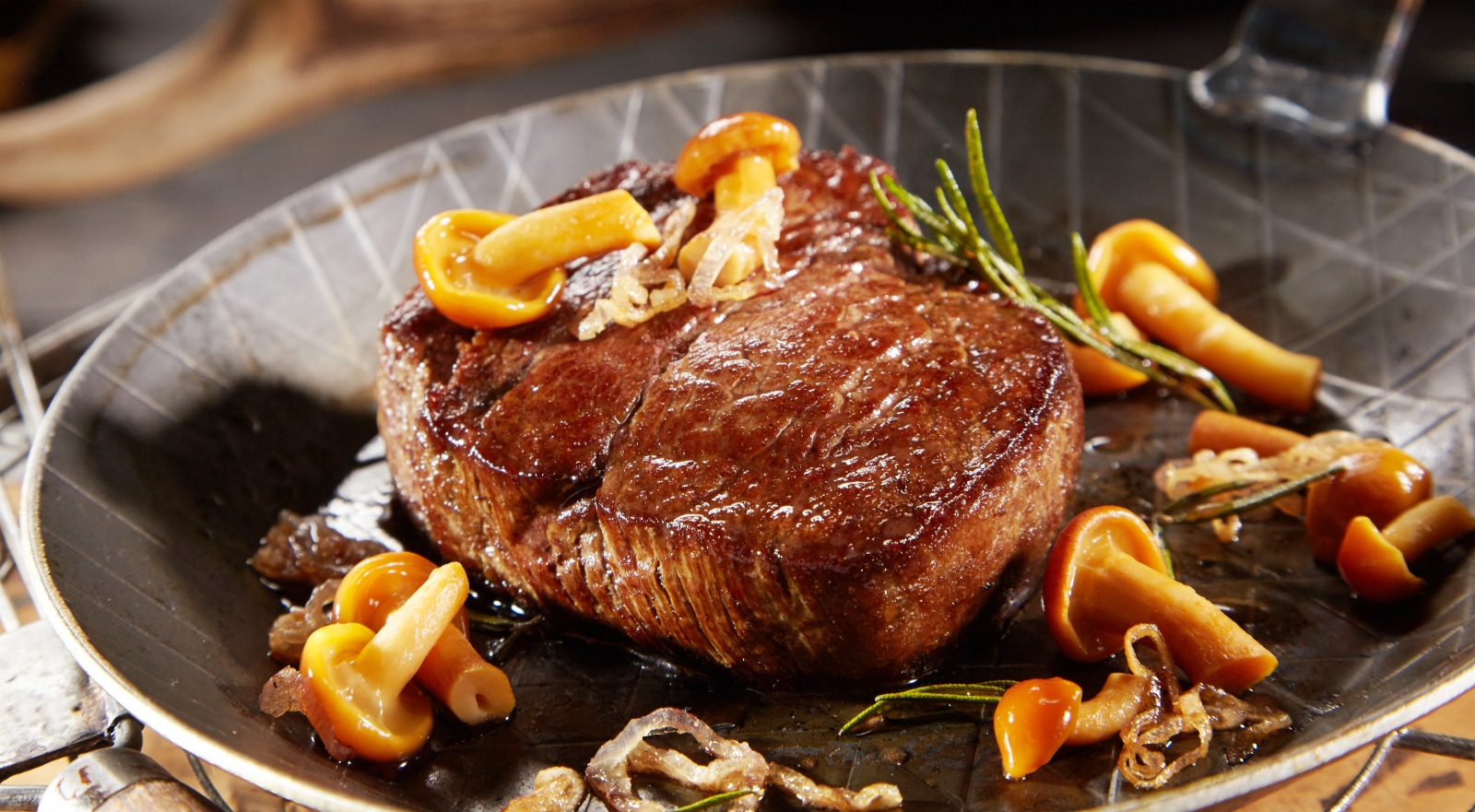
Which Spices Should I Pair With Malbec?
All the fresh Mediterranean herbs are a perfect match for Malbec. You can sprinkle parsley, thyme, rosemary, dried porcini, smoked paprika, black pepper, cumin, coriander, juniper berry, clove, garlic, and shallot liberally.
Why not try black pepper buffalo burgers with blue cheese, mushrooms, and garlic-infused chips? Or try pairing it with the earthy flavors of beef, lamb, and duck. You can experiment with a variety of herbs and spices, but smoky flavors like paprika, black pepper, cumin, coriander, and cloves will make a match to be reckoned with.
Malbec cheese pairing is something else again! It pairs extremely well with funky blue cheese flavors like Gorgonzola and Roquefort and will be the perfect accompaniment to a Raclette or Fondue dinner party.
Vegetarians need not be afraid that this red wine will overpower veggie dishes. It is delicious when served with a range of vegetables such as Mediterranean roasted vegetables, peppers, potatoes cooked any way you like, lentils, and black beans. There is hardly any dish that won’t be well-matched with a stunning glass of Malbec.
How Much Alcohol Does Malbec Have?
The Malbec alcohol content is considered to be in the high range of 13-14%. However, this is not unusual for most red wines such as Merlot and Cabernet Sauvignon, which are also hearty and full-bodied. Paired with a hearty meal, Malbec will probably do more good than harm but always drink alcohol responsibly.
How Many Calories Are There in Malbec?
Depending on where the grapes have been grown, the average 5-ounce glass of red wine has about 3.5 to 4 grams of carbohydrates, so the carbs in Malbec are considered pretty standard. A regular glass of Malbec contains in the region of 150 calories, which is usually lower than that of white wine. Wine is calorific, there is no getting away from that fact. But, there are said to be some good health benefits to drinking a red wine such as Malbec.
Conclusion
Malbec is such a popular wine these days that it has a special celebration day in many cities around the world. World Malbec Day is held on April the 17th in Argentina each year. It is a day to highlight how successful the Malbec grape has been in Argentina, and the massive contribution it has made to the economic growth of the country. It is also the date that the Argentinian president Domingo Faustino Sarmiento, made monumental changes that set the Argentine wine industry on the road to success.
This versatile, accommodating red wine should be celebrated every day in my opinion. Open a bottle of Malbec today and contemplate the rich history and awesome flavor experience that is all yours in a glass.

